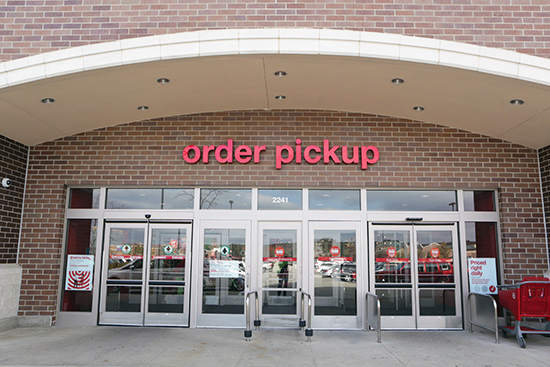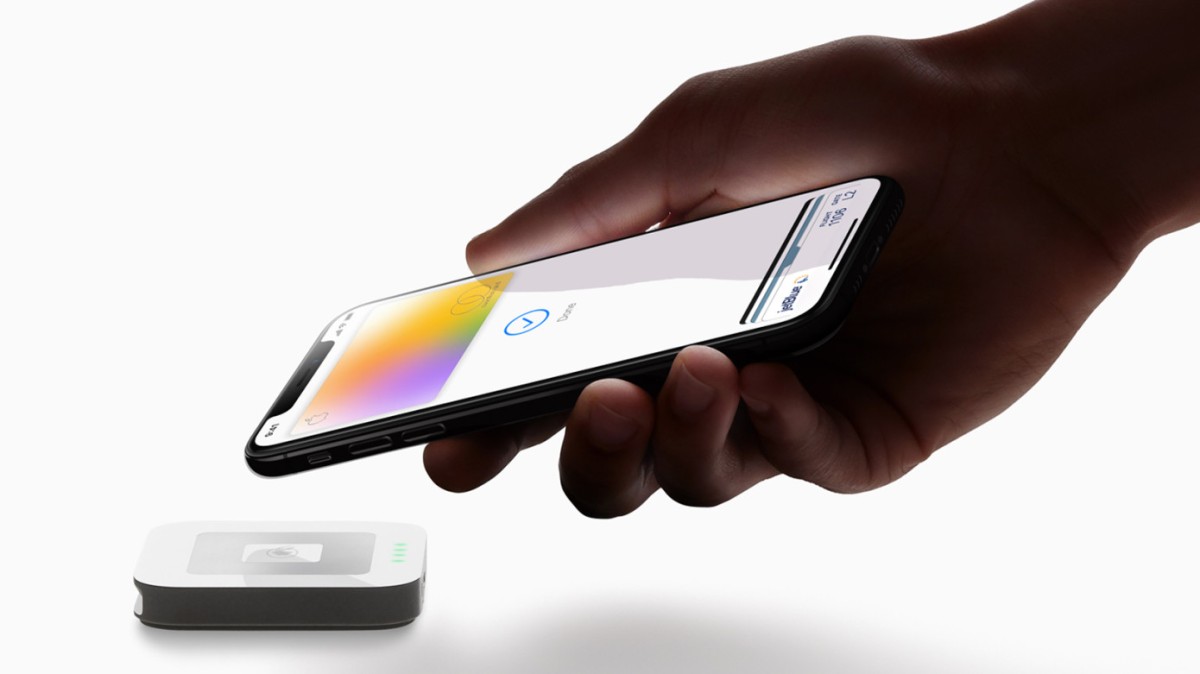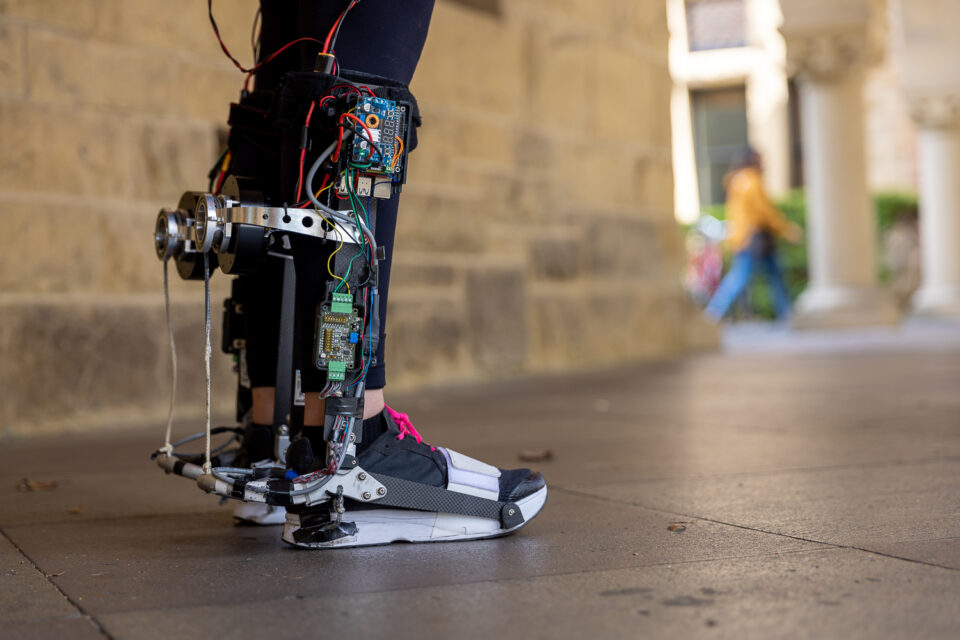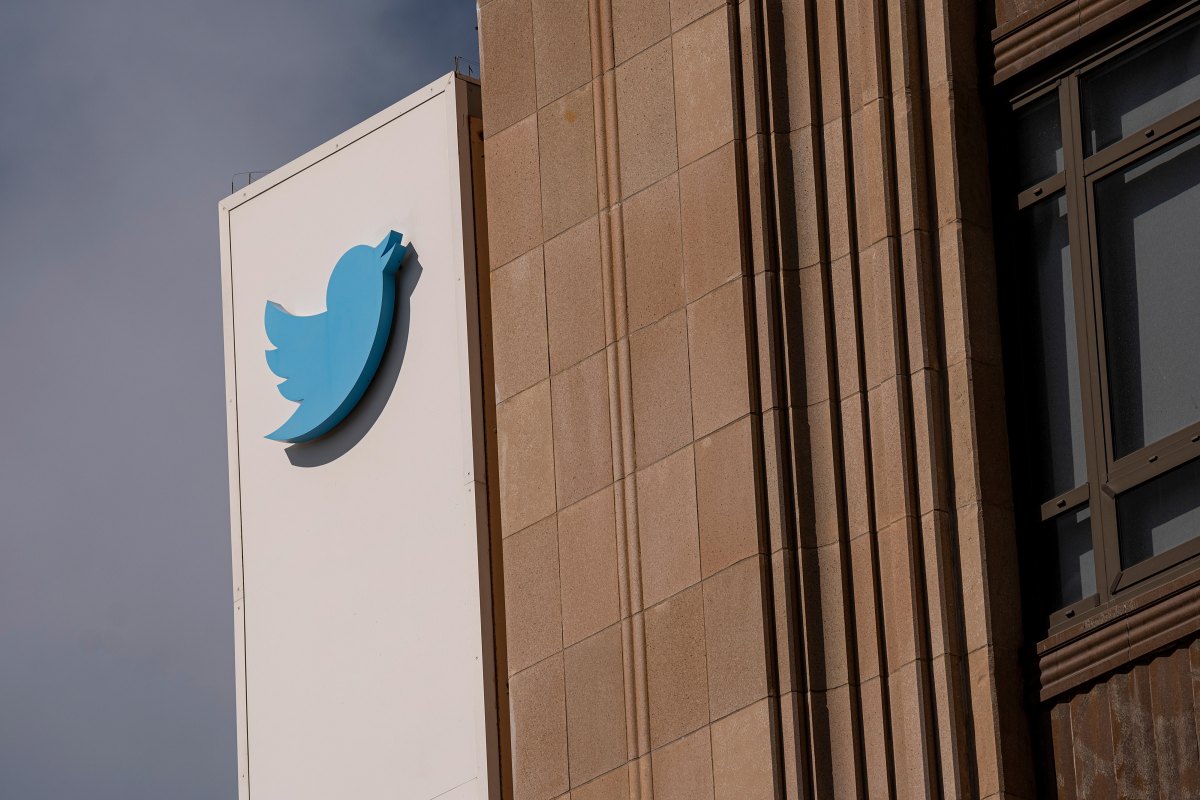Target.com is latest retailer to add support for SNAP payments for online shoppers • ZebethMedia
Target is the latest national retailer to roll out the ability for customers to pay with their SNAP (Supplemental Nutrition Assistance Program) benefits when shopping for groceries online. While the payment method has long been accepted in stores, online grocery retailers offering curbside pickup and delivery programs have only more recently begun to support the payment type in their online offerings. That was also true for Target, where customers who wanted to pay with SNAP could only do so in-store. Now, the retailer says customers will be able to pay for SNAP-eligible grocery items on Target.com. Soon, it will also introduce mobile payment options for digital orders in the Target app. These changes will allow customers to use SNAP to buy groceries for same-day pickup through Target’s Order Pickup and Drive Up services, both of which don’t have minimum order requirements or subscription fees. Customers can also apply Target Circle discounts to their food items, when available, or shop the grocery deals in the retailer’s weekly ads. To get started, customers will first need to log into their Target.com account and add their Electronic Benefits Transfer (EBT) account number as a new card under “Payments.” They can then add SNAP-eligible items to their online cart and pay using their EBT payment method at checkout, confirming their purchase with the PIN. “Food and beverage is an incredibly important part of our guests’ lives, especially as we head into the holiday season,” said Rick Gomez, Target’s chief food and beverage officer, in a statement. “I’m proud that we’re adding new digital payment options for grocery shopping so we can make the entire Target experience more accessible to all families,” he added. Target had announced earlier this year it would soon accept SNAP for online food purchases, and then began pilot-testing the option in select states this year, including Florida, Illinois, Minnesota, North Carolina, Ohio and Texas after first testing the feature earlier this summer in Minnesota alone. With this week’s announcement, the SNAP payment option is available in all U.S. states except Alaska, Target says. As many retailers have already explained, online shopping should no longer be considered a luxury. Lower-income shoppers, including those on SNAP, can often save money by shopping online where they can better compare deals between stores and where they may find discounts they may have otherwise overlooked. In addition, being able to shop for groceries online can be a time-saver — particularly for those who are working long hours or multiple jobs to make ends meet. In recent years, many major U.S. retailers have introduced support for SNAP to online consumers, including Amazon and Walmart, both of which were participants in a United States Department of Agriculture (USDA) pilot program introduced in 2019 that aimed to open up online grocery shopping to those on public assistance. And with the start of the COVID-19 pandemic the following year, the need for the program became even more critical as people looked to avoid indoor shopping to reduce their risk of catching the virus. Outside of the retailers, other grocery providers have also been working to help customers on public assistance. Instacart this year has been steadily advancing support for SNAP across various U.S. states, allowing shoppers to use its app to buy groceries from select retailers using their benefits, after initially partnering with ALDI to offer the option back in 2020. Amazon, too, has been looking to better support lower-income shoppers, having just reorganized its website to introduce a new hub that aggregates its discounts and various assistance programs under one roof. Here, shoppers can find its discounted Prime membership, Amazon Layaway, and information about using Amazon Cash and SNAP EBT payments.









